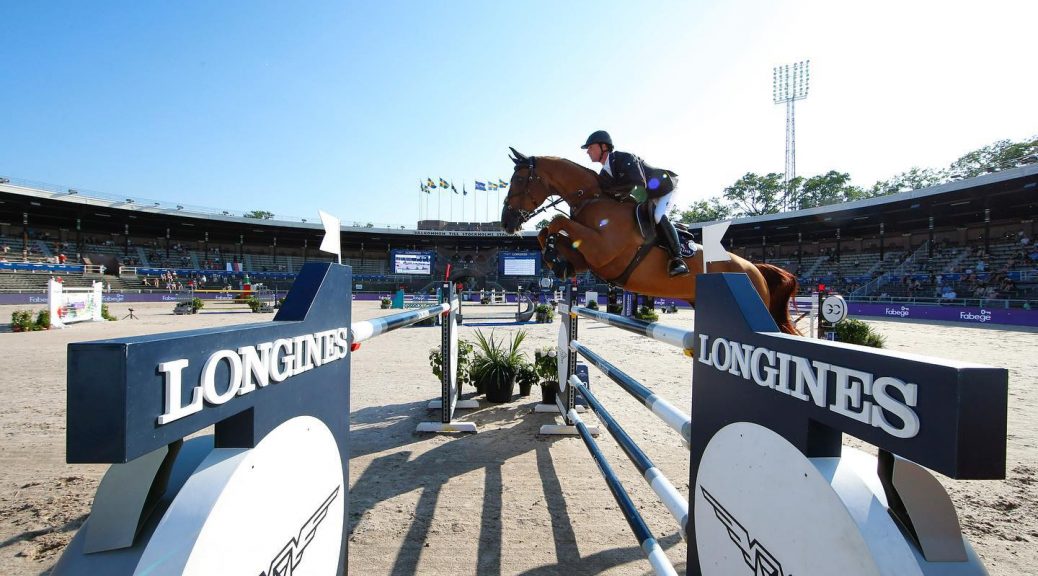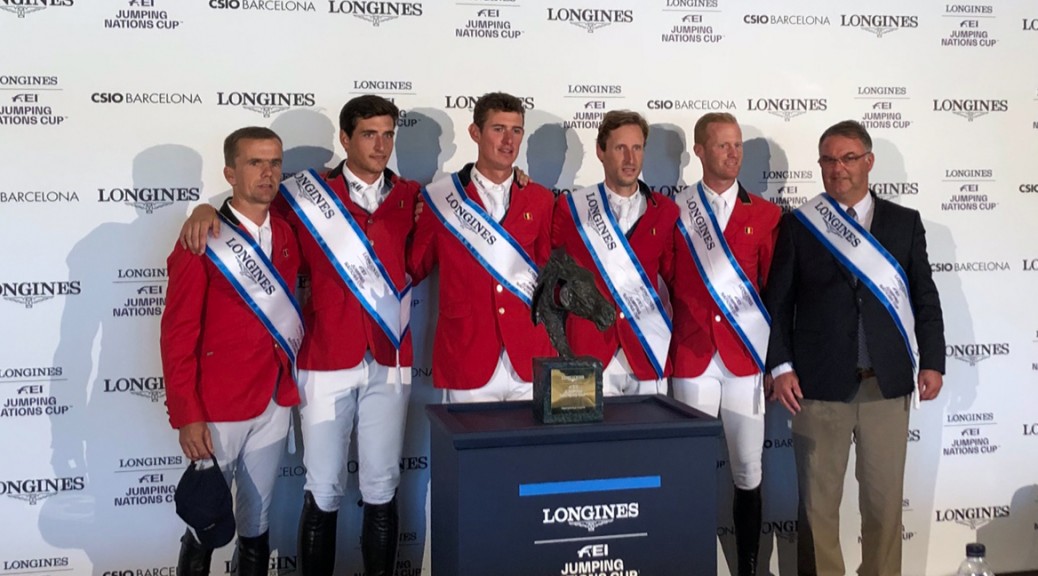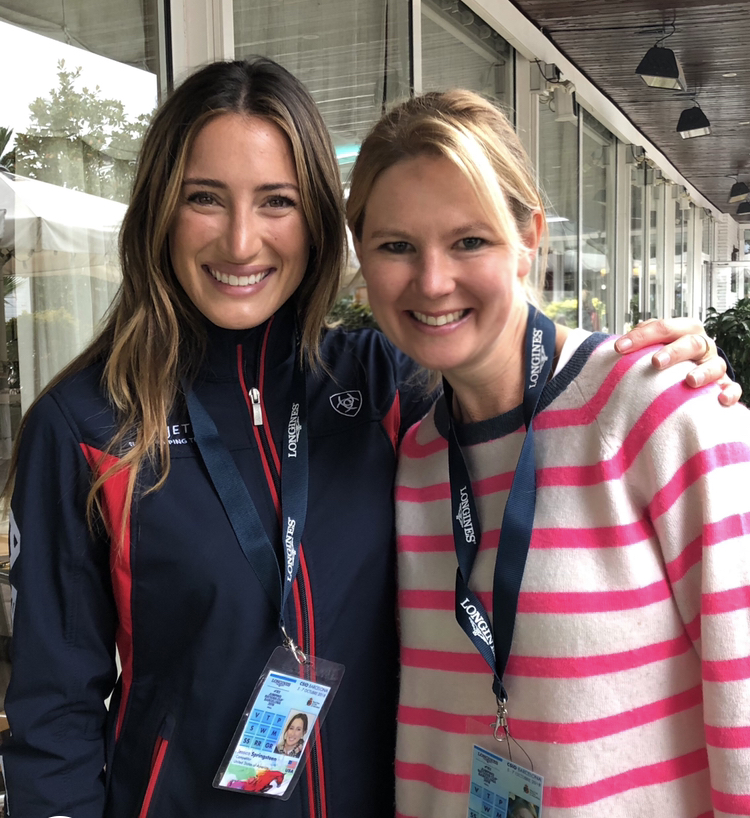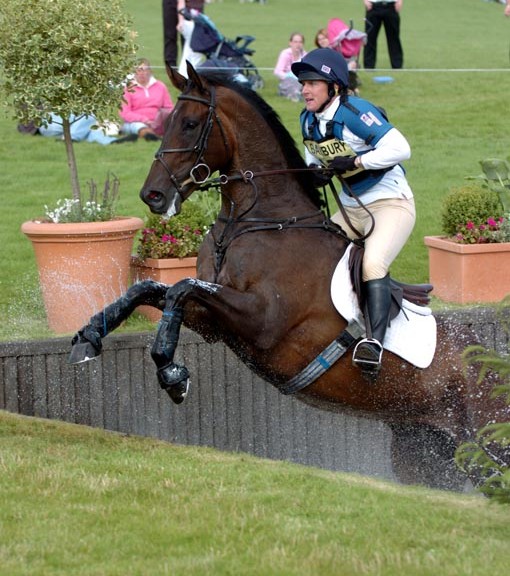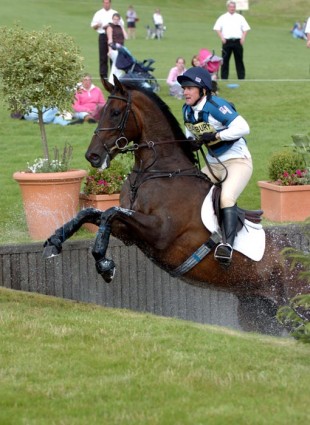In the final part of this series, we look at team GB’s Jumping squad, to see if they have what it takes to win the gold at the Tokyo Olympics.
The Jumping Squad
Scott Brash (34) based in Horsham, West Sussex (from Peebles, Peeblesshire) with Lady Pauline Harris and Lady Pauline Kirkham’s Hello Jefferson (bay, gelding, 16.1hh, 12yrs, Cooper van de Heffink x Irco Mena.)
Breeder: Bernard Mols BEL, Groom: David Honnet.
Ben Maher (38) based in Bishop Stortford, Hertfordshire, with Charlotte Rossetter, Pamela Wright and his own Explosion W (chestnut, gelding, 16.1hh, 12yrs, Chacco-Blue x Baloubet
de Rouet.)
Breeder: W Wijnen NED, Groom: Cormac Kenny.
Holly Smith (30) based in Loughborough, Leicestershire, with Ian Dowie’s Denver (bay, gelding, 17.1hh, 13yrs, Albfueheren’s Memphis x Chico’s Boy.)
Breeder: MG and AA Woertman NED, Groom: Kate Dodd.
Travelling reserve
Harry Charles (21) based in Alton, Hampshire, with Ann Thompson and his own Romeo 88 (bay, gelding, 17hh, 12yrs, Contact van de Heffinck x Orlando.)
Breeder: Picobello Horses BEL, Groom: Georgia Ellwood.
Team GB Chef de Mission for the Tokyo Olympic Games, Mark England, said: “We are delighted to welcome returning Olympic gold medallists Scott and Ben to Team GB for the Tokyo Olympic Games who add an incredible amount of experience to this exciting side. I’d also like to congratulate Holly on her selection; a pivotal moment as she becomes the first female named on the Team GB jumping team in 45 years and we have no doubt that this
debut Games will be a very special experience for both her and her teammates.”
Speaking about the selection, British Equestrian Performance Director and Equestrian Team Leader for Tokyo, Richard Waygood, said; “This is an exciting squad with three riders and incredibly talented horses in peak form ahead of the Games despite the challenges of competing with a COVID restricted calendar. There’s a great mix of experience and youth and will be a great sense of camaraderie in the camp as we strive to push for
podium performances.”
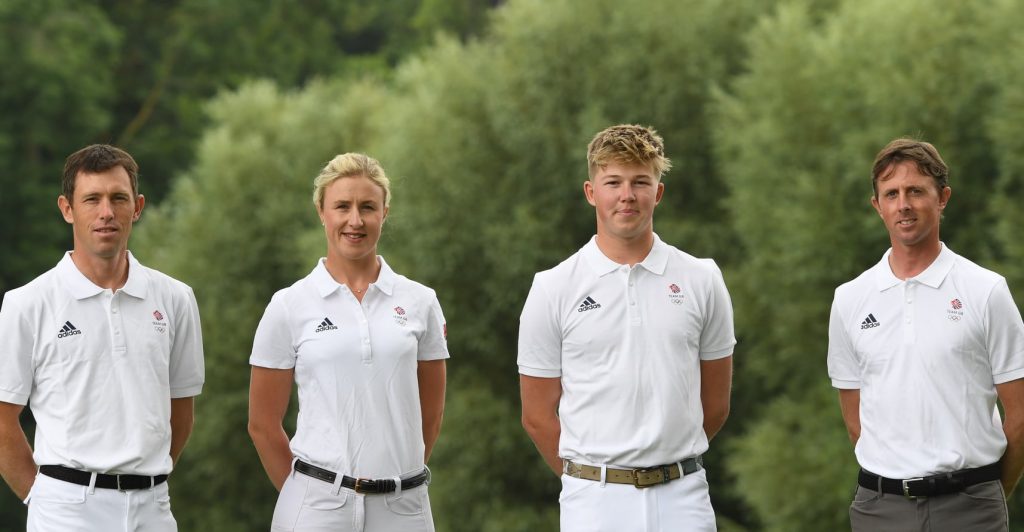
The Jumping Squad Facts
● Holly Smith is the first woman to make an Olympic Showjumping team since 1976 when Debbie Johnsey just missed out on an individual medal in Montreal.
● Holly runs a hugely successful producing and dealing business with her husband Graham. Horses they have discovered for relatively low prices include Dougie Douglas who gave Holly her first big break; and Quarrycrest Echo who won eventing team gold at the World Equestrian Games in Tryon with Piggy French.
● Holly has juggled professional show jumping and running a successful business with being a mum to Rosie. She also hunts in her spare time. Rosie is also turning out to be a chip off the old block and proving a fearless and talented rider.
● In London 2012 Ben Maher and Scott Brash won Team GB’s first show jumping gold medal for 60 years.
● Reserve rider Harry Charles is the son of Peter Charles who also helped win the team gold in 2012 alongside Scott, Ben and Nick Skelton.
● This will be Hollie and Harry Charles’ first Olympic appearance.
● In 2015, Scott became the first and only rider in history to win the Rolex Grand Slam of show jumping- winning all three of the sport’s most prestigious events in a year.
● Scott retained the title of World No 1 in the Longines FEI world rankings for a whole 12 months- that is quite a feat.
● Scott’s horse philosophy: “I believe you can only achieve exceptional things if you build a partnership with a horse and that takes time and trust” and “Horses as family, always.”
● This will be Ben Maher’s fourth appearance at an Olympic Games. He first
represented Britain in Beijing (2008) followed by London (2012) and then Rio (2016).
● Ben thinks his horse Explosion W is the greatest he has ever sat on. At one stage their future together was in jeopardy as the horse was up for sale. Luckily for Ben, he was bought by owners and Ben retained the ride.
● Explosion W was awarded the accolade of leading show jumping horse in the world in 2019. He is by Chacco Blue who has been one of the best represented horses amongst his progeny at most Championships since 2015. The stallion himself topped the prestigious WBFSH show jumping sire rankings for two years in 2018 and 2019.
● Di Lampard is Team GB’s first female chef d’equipe.
Photo rights – Ben Maher official, British Show jumping .
Written by Horse Scout Journalist Ellie Kelly.

